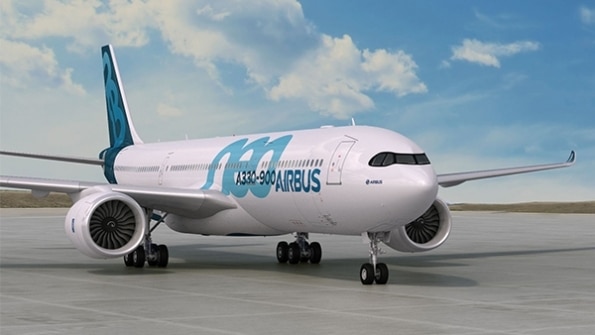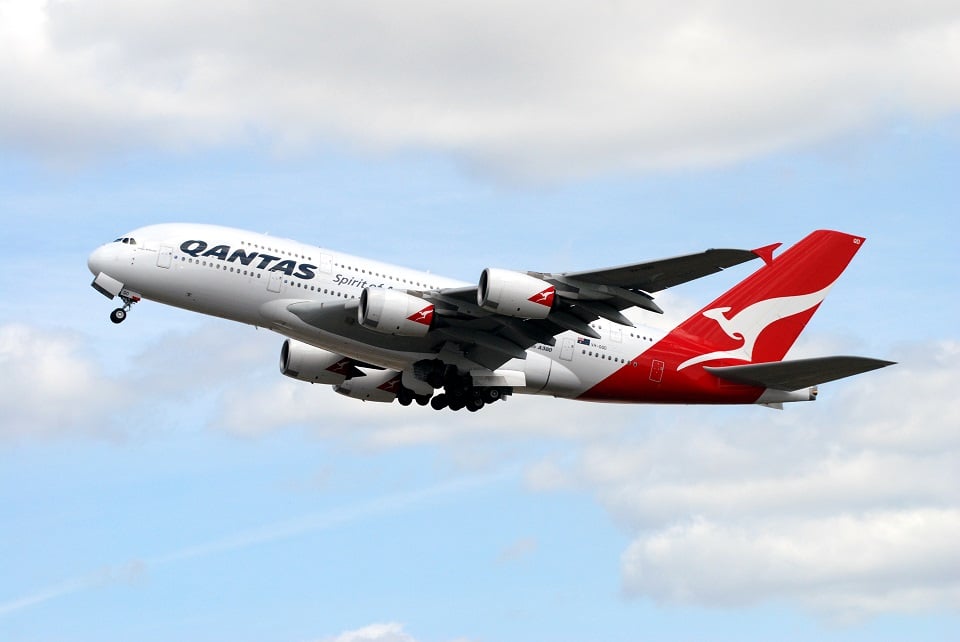Aviation
New A330-800 starts final assembly

Toulouse, 29 November 2017 – Final assembly of the newest member of the A330neo Family, the A330-800, has started and is on track for the first flight planned in mid-2018.
The A330-800 complements the A330-900, the largest member of the A330neo Family. With its 242-tonne Maximum Take-Off Weight (MTOW) as base variant, the A330-800 can operate routes of up to 7,500nm and with the recently launched 251-tonne MTOW variant the aircraft can operate ultra-long-range routes of up to 8,150nm. Together, the A330neo variants are part of the world’s most comprehensive twin-aisle, twin-engine aircraft family from 260 to over 360 seats which includes the A350 XWB Family.
Building on the success of the A330-200 with over 600 aircraft in operation, the A330-800 brings new generation economics and comfort in addition to unprecedented range to the 250-seater aircraft market. Together with the larger 300-seater A330-900 they share 99% commonality, having the same airframe, engines and cross crew commonality. This gives operators great flexibility to use either aircraft in their fleet according to network needs in size and range. Both of these widebody aircraft incorporate new Rolls-Royce Trent 7000 engines, zero-splice nacelle, titanium pylon, new wings and new Airspace by Airbus Cabin. The most visible new features of the A330neo wings are the specially developed curved wingtip Sharklets – which draw on A350 XWB technology, extending the wingspan to 64m, providing state of the art aerodynamic characteristics.

Aviation
Lost Tool Found in Qantas A380 After 34 Flights

An Australian Transportation Safety Bureau (ATSB) investigation recently revealed that a Qantas A380 operated 34 flights with a 1.25-meter nylon tool lodged in one of its engines.
This turning tool, used during borescope inspections to rotate the intermediate-pressure compressor, was left behind during scheduled maintenance at Los Angeles on December 6, 2023. It remained inside the engine until it was discovered by maintenance staff during a subsequent check at Los Angeles on January 1, 2024.
China Takes the Lead in Sixth-Generation Fighters with White Emperor B
The ATSB report highlights two critical lapses. First, maintenance engineers failed to notice the tool during final checks for foreign objects after the borescope inspection. Second, the lost tool procedure was not activated when the tool was identified as missing.
The certifying engineer ultimately cleared the aircraft for service without accounting for the misplaced tool. During the time qantas films the tool was inside, the A380 completed 34 flight cycles, accumulating nearly 294 hours without any noticeable effect on engine performance.
Although the tool was deformed by high-energy airflow within the engine, there was no reported damage to the engine itself. ATSB Chief Commissioner Angus Mitchell commented.
India’s C-295 to Gain Advanced Weapons for Maritime Surveillance
“This incident underscores the importance of following established maintenance protocols. Engineers missed the tool during foreign object checks, and the required lost tool procedure wasn’t started after realizing the tool was missing.”
Following the investigation, the airline issued a safety directive, urging all engineering and tool storage teams to adhere strictly to these protocols to prevent similar incidents in the future.
A qantas spokesperson stated, “While the tool didn’t impact engine performance, we take this incident very seriously. It is critical to follow the correct lost tool procedures.”
-

 Aviation2 months ago
Aviation2 months agoBoeing confirms 797: A New Era for Mid-Size Aircraft
-

 Aviation2 months ago
Aviation2 months agoMicrosoft Flight Simulator Raises $3 Million to Bring Back the An-225 Mriya
-

 Aviation2 months ago
Aviation2 months agoLockheed and Tata Team Up to Build C-130J MRO Facility in India
-

 Airlines2 months ago
Airlines2 months agoQantas Engineers Stage Walkout Over Cost of Living Concerns
-

 Airlines2 months ago
Airlines2 months agoQatar Citizens Can Travel to the United States Without a Visa
-

 Aviation2 months ago
Aviation2 months agoBoeing Offers 25% Pay Increase & Promise to Build Next Plane in Seattle
-

 Aviation2 months ago
Aviation2 months agoQatar Airways bans these new Electronic Devices on plane
-

 Airlines2 months ago
Airlines2 months agoEmirates Ends 28-Year Singapore-Melbourne Fifth Freedom Route








